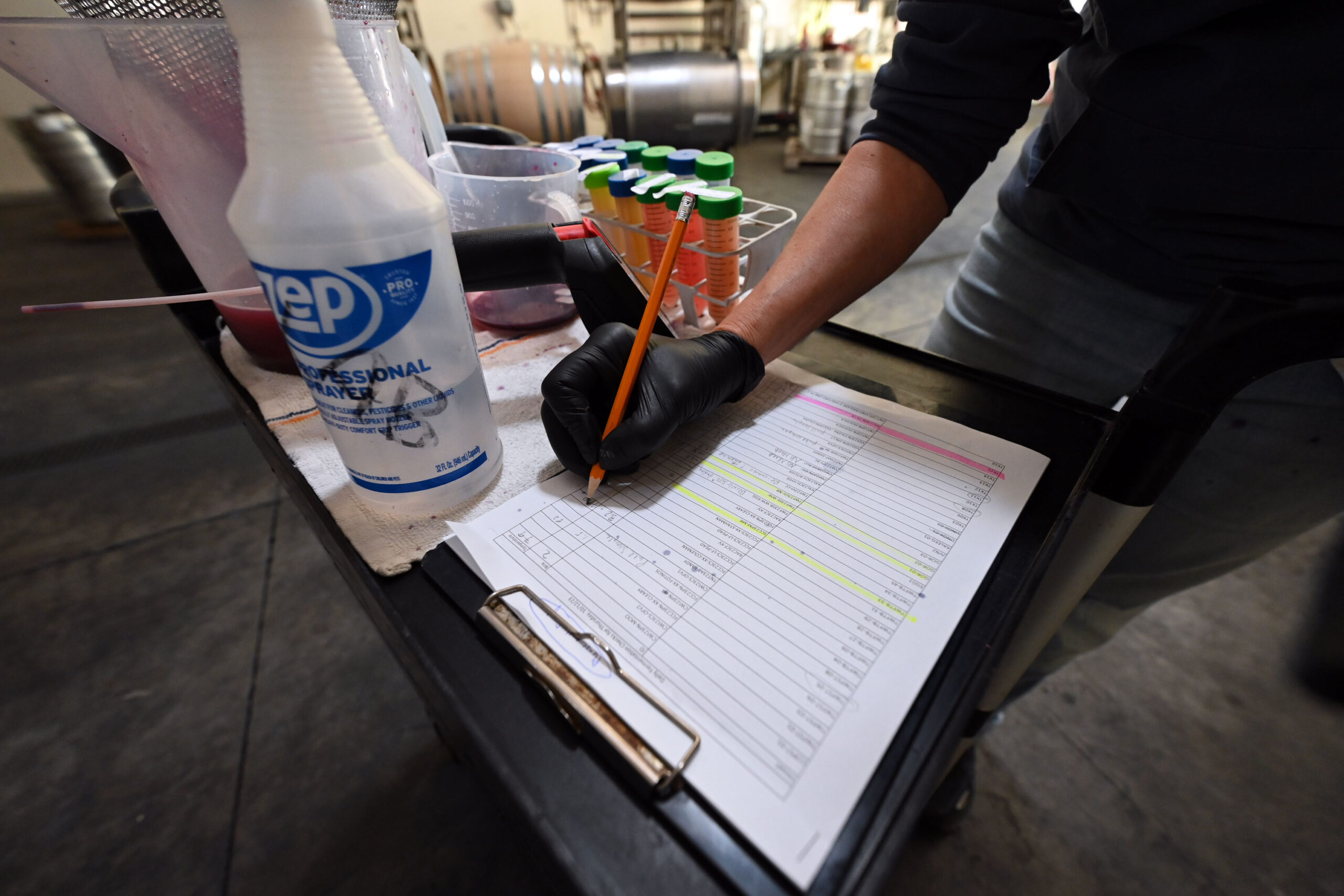Instead of buying and owning products, consumers are increasingly interested in leasing and sharing them. Companies can benefit from the trend toward “collaborative consumption” through creative new approaches to defining and distributing their offerings.
How do consumers access, buy and use their favorite products and services? The answer to that seemingly simple question is changing. While individuals have traditionally often seen ownership as the most desirable way to have access to products, increasing numbers of consumers are paying to temporarily access or share products and services rather than buy or own them.1 This so-called “sharing economy” is growing rapidly. While estimates for the current size of the nascent market vary, PricewaterhouseCoopers has estimated that by 2025, five main sectors of the sharing economy could represent $335 billion in revenue worldwide.2 Well-known examples of successful startups built on collaborative consumption systems include Airbnb Inc., a San Francisco-based online accommodations marketplace, and Zipcar, a car-sharing brand that is now part of the vehicle rental services company Avis Budget Group Inc., based in Parsippany, New Jersey.
Growth in sharing systems has particularly been fueled by the Internet, with its rise of social media systems,3 which facilitate connections between peers eager to share their possessions. The central conceit of collaborative consumption is simple: Obtain value from untapped potential residing in goods that are not entirely exploited by their owners.4
The speed of growth with which sharing systems have spread suggests that the sharing economy might represent a serious threat to established industries, due to fewer purchases and consequent distress in conventional markets. The Internet has made sharing enormously simpler. And for consumers, it seems to hold the potential to unite cost reduction, benefit augmentation, convenience and environmental consciousness in one mode of consumption. Companies therefore should understand and manage this emergent system in order to adapt current and future business models to provide new sources of revenues within this growing area of the economy.
In a broad sense, sharing can be anything to which access is enabled through pooling of resources, products or services.5 It can, according to Rachel Botsman and Roo Rogers, authors of the book What’s Mine Is Yours: The Rise of Collaborative Consumption, be divided into three main types. The first mode is product service systems, which allow members to share multiple products that are owned by companies or by private persons.
Read the full article by MIT Sloan Review :


